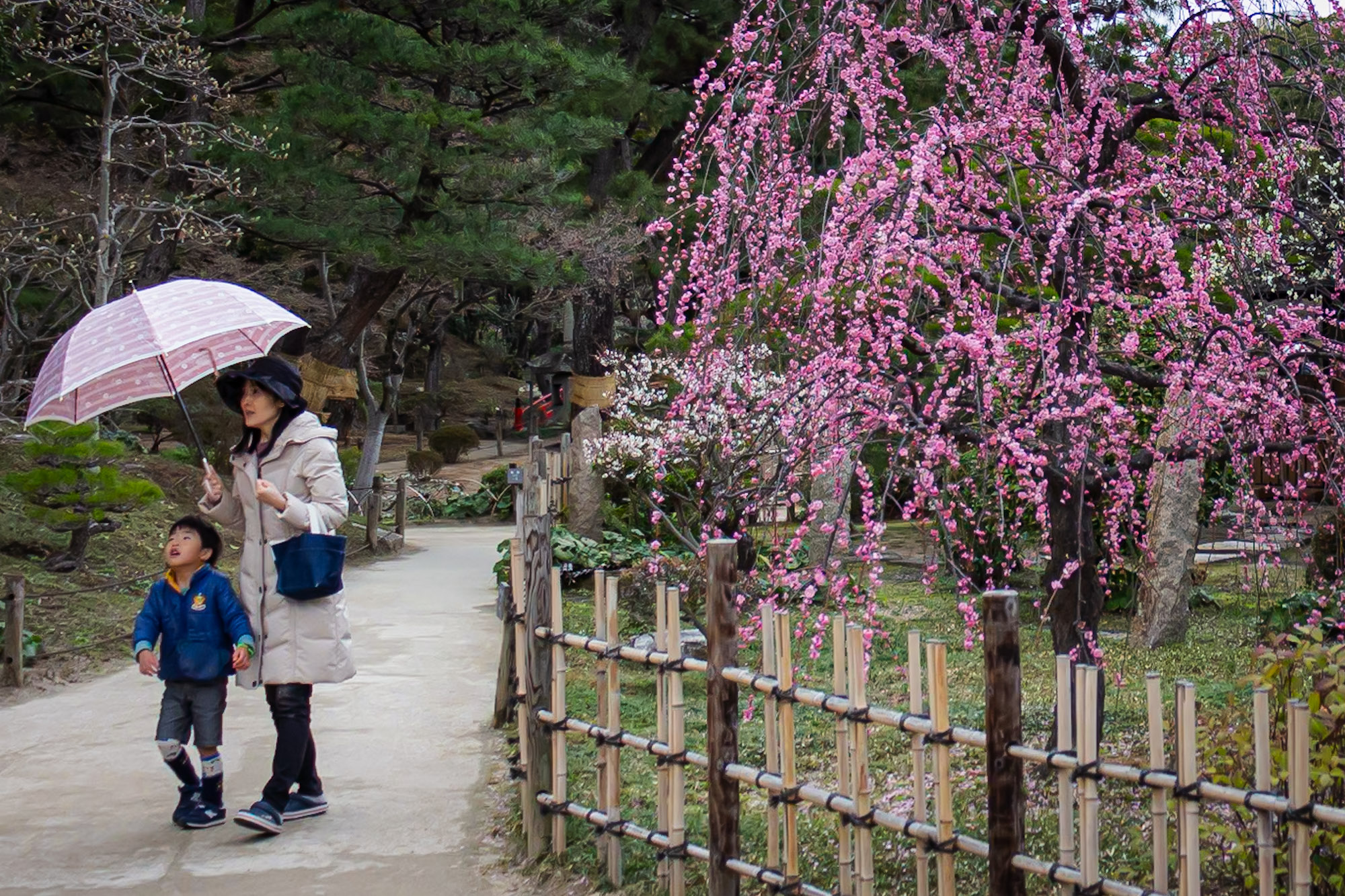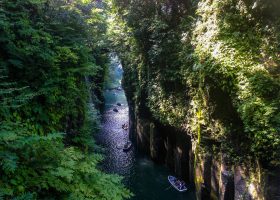As some of the first flowers to open each year in Japan, plum blossoms signal the start of spring. They may not be as popular as cherry blossoms, but they’re just as beautiful—a welcome sight after a long winter. And unlike most sakura, they have a strong, fruity fragrance. In Hiroshima, one of the best spots to view ume is an ancient garden known as Shukkeien.
Shukkeien has a long history dating all the way back to 1620. The garden was constructed by Ueda Soko, who was chief retainer and tea master to lord Asano Nagaakira of the Hiroshima han. The garden formed part of the villa of the Asano family until 1940, when they donated it to Hiroshima Prefecture.
As it’s just a short distance from the hypocenter of the atomic bomb, Shukkeien suffered extensive damage during the blast in 1945. It was restored to its original state, though, and reopened in 1951.
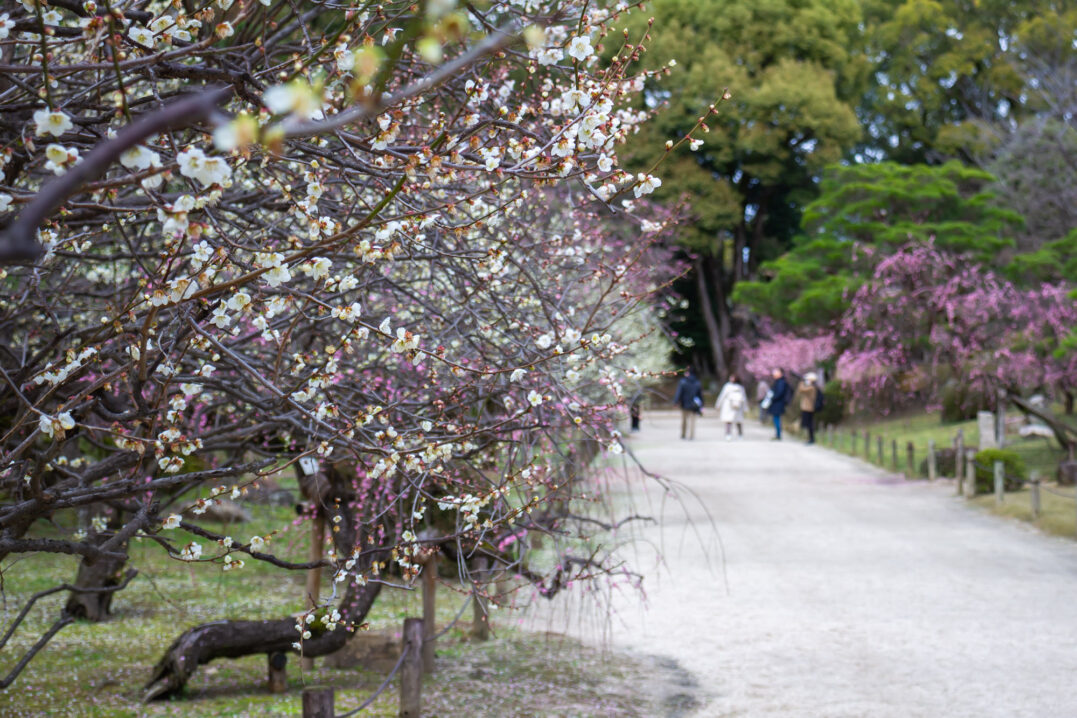





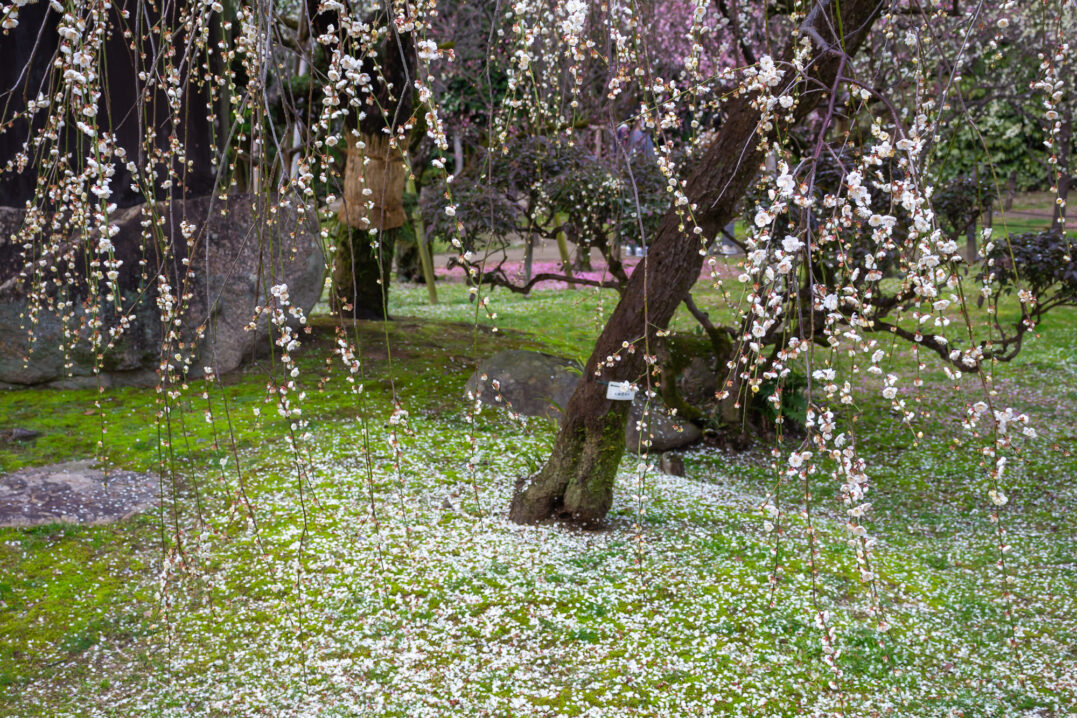
The garden covers an area of 51,000 ㎡, so it’s not very large, but it does offer a variety of scenery as you walk around its central pond. In fact, the name Shukkeien translates as “shrunken scenery garden,” which pretty much describes its design. It mimics different natural formations, like mountains, forests, and valleys, in miniature.
The garden’s plum orchard boasts over 100 trees of 19 different varieties to feast your eyes upon. Some come into bloom around mid-February while others start to open in March. I actually missed this year’s full bloom by a few days, but it was still a treat nonetheless. Who doesn’t love a bit of blossom snow?
The garden also has several cherry and peach trees, so you can enjoy those blossoms, too, from March to April. It’s also a good spot to view autumn foliage in November. And right next to Shukkeien is the Hiroshima Prefectural Art Museum, which houses over 5,000 works of art.

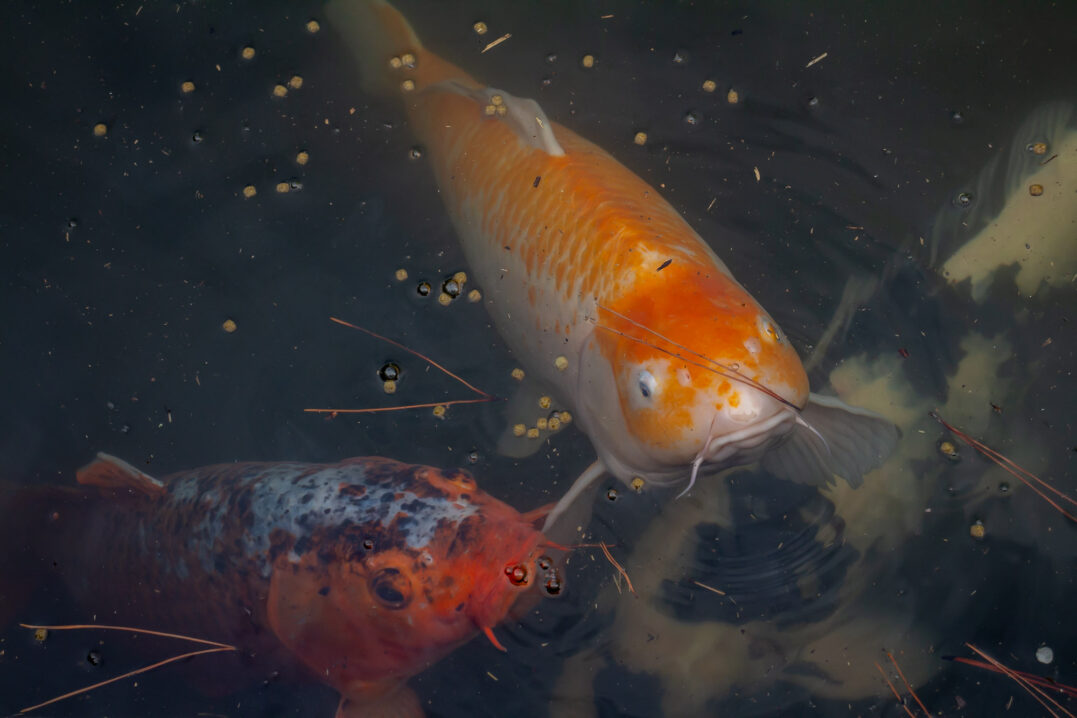
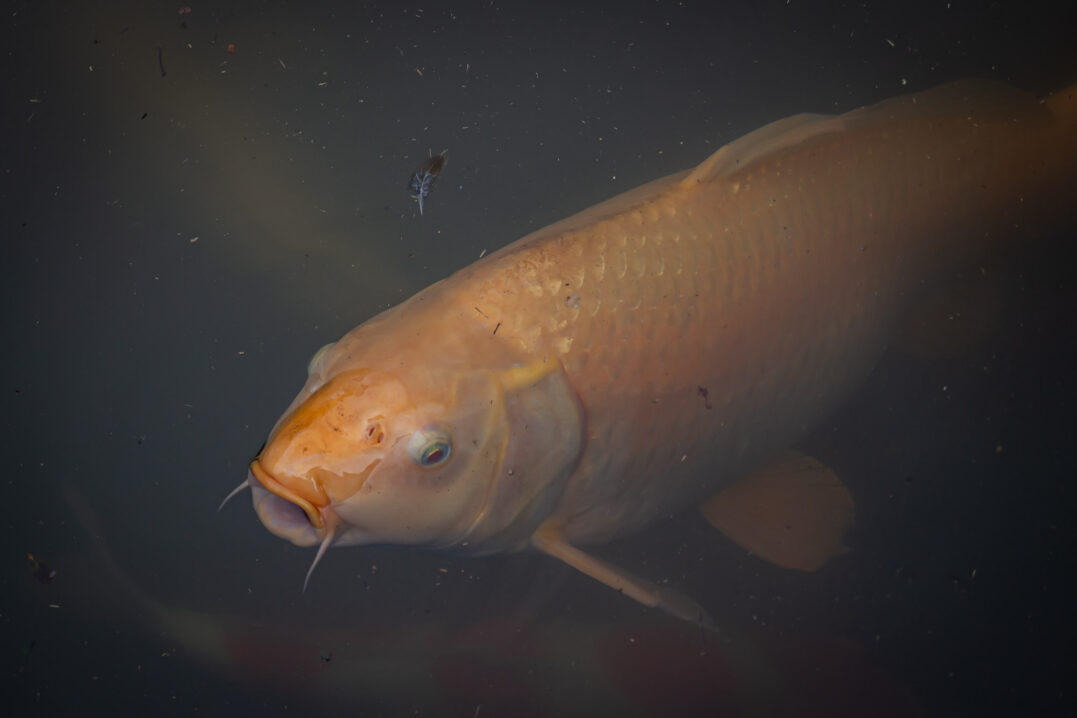

Visit Shukkeien Garden
Shukkeien Garden is a 6-min walk from Hiroshima Station and a 30-min walk from the Peace Memorial Park.
Hours: 09:00~18:00 (Apr-Sep); 09:00~17:00 (Oct-Mar)
Admission: 510 yen
